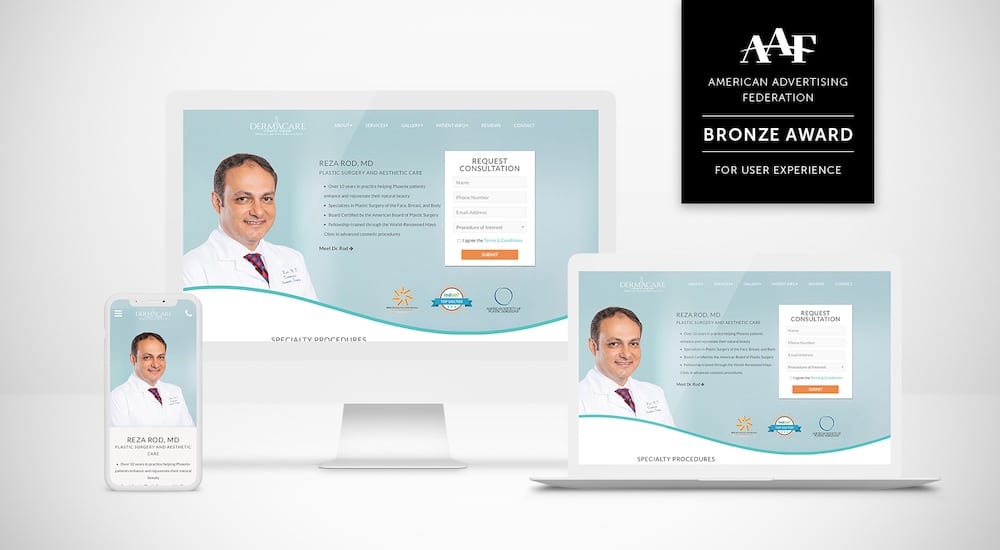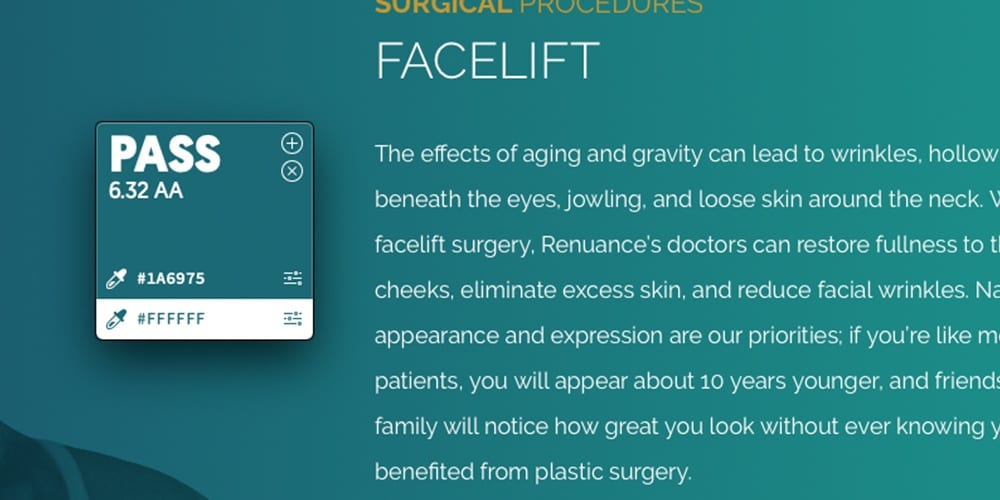Exceptional customer service is something that all practices strive for and most will claim they have. While everyone attempts to reach this golden standard of courteous interaction with their patients, this is not something every practice has mastered.
It can be a deciding factor for a patient giving their business or choosing to sever ties, and it’s usually immediately obvious to any consumer whether they are dealing with poor or good customer service. While this trait is vitally important and commonly sought, it can still take a moment for anyone to think of what exactly this coveted quality is comprised of.
Most people would agree that the following four points are an excellent foundation on which any practice can build a thriving and notably satisfactory customer service experience:
- Attitude
- Interest
- Action
- Communication
Step 1. Attitude
This element can seem a bit obvious when it comes to customer service, but it is a crucial part of creating a great experience. This contributes directly to first impressions, and relationships are often colored by what someone’s first impression is. If you arrive with a positive attitude, the more magnetic you will be to others.
Attitude is not only responsible for influencing first impressions, but also seeps into everything from how tasks are approached and thought about, to the types of solutions brought to a work environment. A rolling stone gathers no moss, and a positive attitude will help keep spirits and energy up while helping anyone deal with problems more easily.
If someone is caring in their approach and sensitive to the needs and wants of the patient, then everything they do will be coming through the lens of the best customer experience, and it will come about naturally.
Step 2. Interest
Interest works hand-in-hand with listening; are you truly hearing your patients and their concerns? When your attitude is in the right place, you will then be open to listen to your patients and be receptive to where they are coming from. This part of the equation takes the stuffy, distant business relationship to a personal and caring one. Most people simply want to feel that they are being listened to, and while it may seem that listening is one of the simplest things you could do, some people do not exercise it well and therefore feel the negative consequences of that.
Personalizing the relationship is another element of interest, and yet another easy way to really enforce healthy patient interactions. Finding common links you have and connecting in an empathetic way show that you are not only listening, but that you truly care. All of this sets the stage for you to take action on behalf of your patients.
Step 3. Action
This is a more tangible expression of attitude and interest, but action is much easier to motivate when attitude and interest are both being exercised correctly. Creative problem solving of issues that have been expressed, or desires that have been revealed by a patient creates an incredibly positive experience. It is an equally important pillar, and excellent customer service could not exist without it. It is the follow-through and assurance that you have the best interest of your patient at heart.
Taking ownership of what you say and following through on promises is a large part of action, and can show someone that the relationship established is honest and caring. Taking ownership makes it easier to be proactive, and the ability to answer questions before someone has asked them can be an immensely reassuring feeling that demonstrates your capability. Following through and following up are demonstrable characteristics of a practice with a thriving patient experience.
Step 4. Communication
This pillar has three main components:
- Verbal language
- Body language
- Tone of voice
Clear communication will ensure that progress can continue uninhibited as well as making sure you and your patient have a clear understanding between you at all times. Each of the three elements work together, even though some may be unavailable to utilize during different methods of communicating; having good habits with each helps create a positive experience no mater how you are communicating with a client.
Focusing on positive words and phrasing while speaking is a great place to start to shore up positive verbal communication. Smiling, good posture, and even attire can contribute to positive body language: even when you aren’t speaking, you are sending a message. While the things you say are very important, focusing on speaking clearly and the energy of your voice lends a big hand to the “it’s not what you say, but how you say it” ideology, and validates the skills and knowledge you are sharing.
Excelling is perhaps the most important first step you could take in ensuring you have happy, successful patient relationships. It is always a balancing act between the main elements, and each contributes to the larger picture of success. It is a flexible enough aspect of business to be able to build on, and adding unique elements of exceptional customer service can really make you and your practice stand out. If the four elements are at the heart of your patient interactions, you will see a wealth of happy and healthy relationships.
Ready to start implementing excellent customer service? Learn the 3 right (and wrong) ways to answer a phone call from a prospective patient here.









